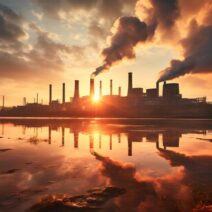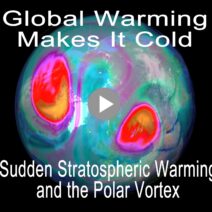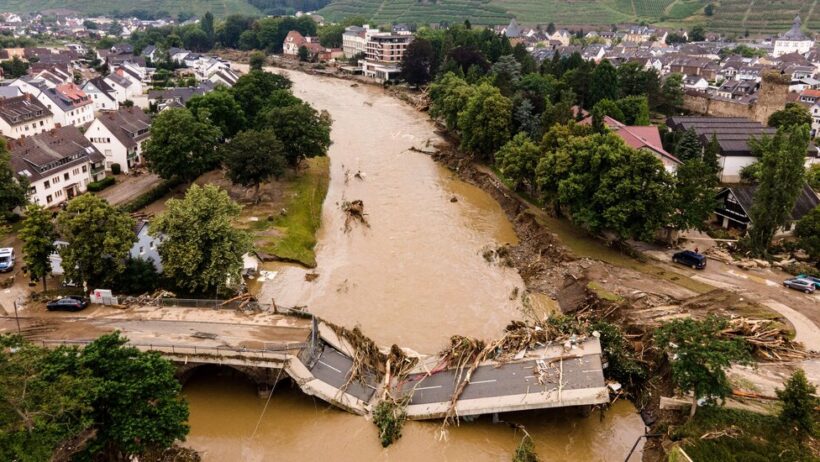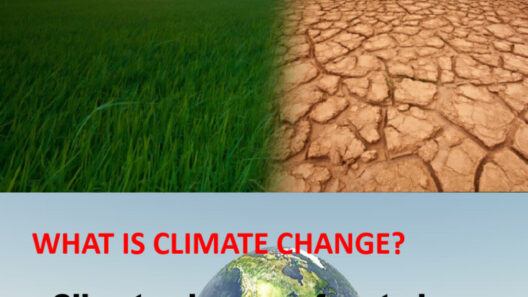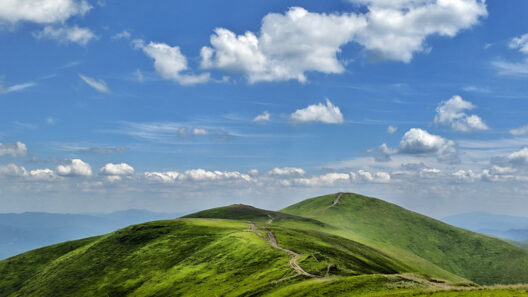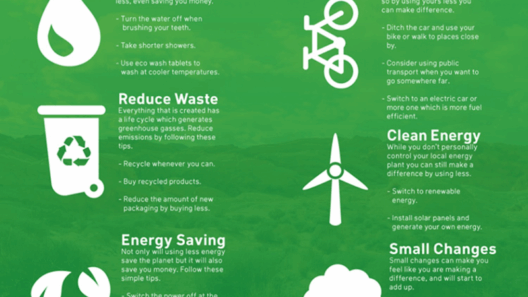Climate change has transcended from being a mere environmental concern to a pressing global crisis that reverberates through every facet of life on Earth. It is often viewed through a lens of immediacy; floods, droughts, wildfires, and rising sea levels summon the public’s attention. But how bad is climate change, really? The scope of its impact is both monumental and multifaceted, spawning questions that delve deeper than the obvious. This article seeks to unravel the layers of climate change and contextualize its urgency and complexities.
Understanding the plight of our environment necessitates a two-pronged approach: acknowledging the observable changes while probing into the underlying causes and implications that extend far beyond mere weather patterns.
Addressing Climate Alteration: The Observable Symptoms
From the melting glaciers of the Arctic to the sweltering heatwaves engulfing urban metropolises, the signs of climate change are glaringly apparent. The Intergovernmental Panel on Climate Change (IPCC) has posed stark warnings, mapping a trajectory towards increasingly severe weather patterns. In recent years, extreme weather events have achieved an alarming frequency, leaving communities vulnerable and ecosystems in turmoil. The correlation between human activities—particularly fossil fuel combustion, deforestation, and industrial processes—and these climatic aberrations is irrefutable.
One of the most striking manifestations of climate change is the rise in global temperatures, often referred to as global warming. Data suggests that the average temperature has increased by approximately 1.2 degrees Celsius since the late 19th century. While this may appear trivial, it activates a domino effect: hotter temperatures lead to warmer oceans, increasing evaporation rates and altering precipitation patterns. The hydrological cycle, long lauded for its balance, faces unprecedented disruption, culminating in paradoxical extremes—floods in some regions and droughts in others.
Furthermore, biodiversity suffers acute threats as habitats undergo irrevocable alterations. The phenomenon of “species extinction” has risen to alarming rates, accelerating the loss of wildlife and plants, with numerous species now teetering on the brink of extinction. Ecosystem services, which are paramount for human survival—such as pollination, water purification, and climate regulation—are eroding beneath the strain of these changes, jeopardizing food security and public health.
Delving into the Dimensions: The Multifactorial Causes
While the symptoms of climate change are observable, the complexity of its root causes merits examination. The foundation of climate change lies not merely in pollution but in a constellation of sociopolitical, economic, and cultural aspects. The modern carbon economy, heavily reliant on fossil fuels, encapsulates a system of energy production that is notoriously inefficient and environmentally reckless.
In addition, agricultural practices—largely driven by an insatiable demand for food—contribute significantly to greenhouse gas emissions. Livestock farming, for instance, is a primary contributor to methane emissions, while the use of artificial fertilizers releases nitrogen oxides into the atmosphere. It’s a troubling paradox where the very means of sustenance becomes a catalyst for destruction.
Moreover, the intersectionality of climate change with social inequality presents a profound ethical dilemma. Marginalized communities, often least able to adapt, bear the brunt of climate impacts despite contributing the least to the cause. This inequality poses a poignant question about justice in climate action—who is held accountable, and how should responsibility be shared? Delving into these deeper issues unearths a multifaceted dilemma that extends beyond ecological boundaries.
Looking Toward the Future: Prospects and Potential Solutions
So, how is the world responding to this escalating crisis? The Paris Agreement stands as a beacon of international collaboration, with nations pledging to limit global temperature rise to well below 2 degrees Celsius above pre-industrial levels. Yet, compliance and implementation remain colossal challenges. Nations must transition from fossil fuels to renewable energy sources—a monumental task that requires not only technological advancements but also a cultural paradigm shift towards sustainability.
Innovations in technology provide a glimmer of hope. The proliferation of renewable energy technologies—solar, wind, and hydropower—has begun to reshape the energy landscape. Moreover, carbon capture and storage (CCS) technologies present potential avenues for mitigating existing emissions. Collectively, grassroots movements advocating for environmental justice and sustainable practices are vital catalysts for change.
Individual choices also play a significant role. Reduced consumption, sustainable agriculture, and conscious lifestyle adjustments can contribute to a broader impact. Engaging communities in comprehensive dialogues about climate change can strengthen public resolve and spark transformative actions.
In conclusion, climate change is not an insurmountable challenge; rather, it is an intricate tapestry of scientific, sociopolitical, and ethical threads. Addressing climate change requires a multifaceted approach that goes beyond mere observation. Understanding the underlying causes empowers individuals, communities, and nations to forge paths toward resilience and sustainability. The question is not solely one of climate; it is fundamentally a question of our collective future. The time for decisive action is now, lest we bequeath an uninhabitable world to future generations.
